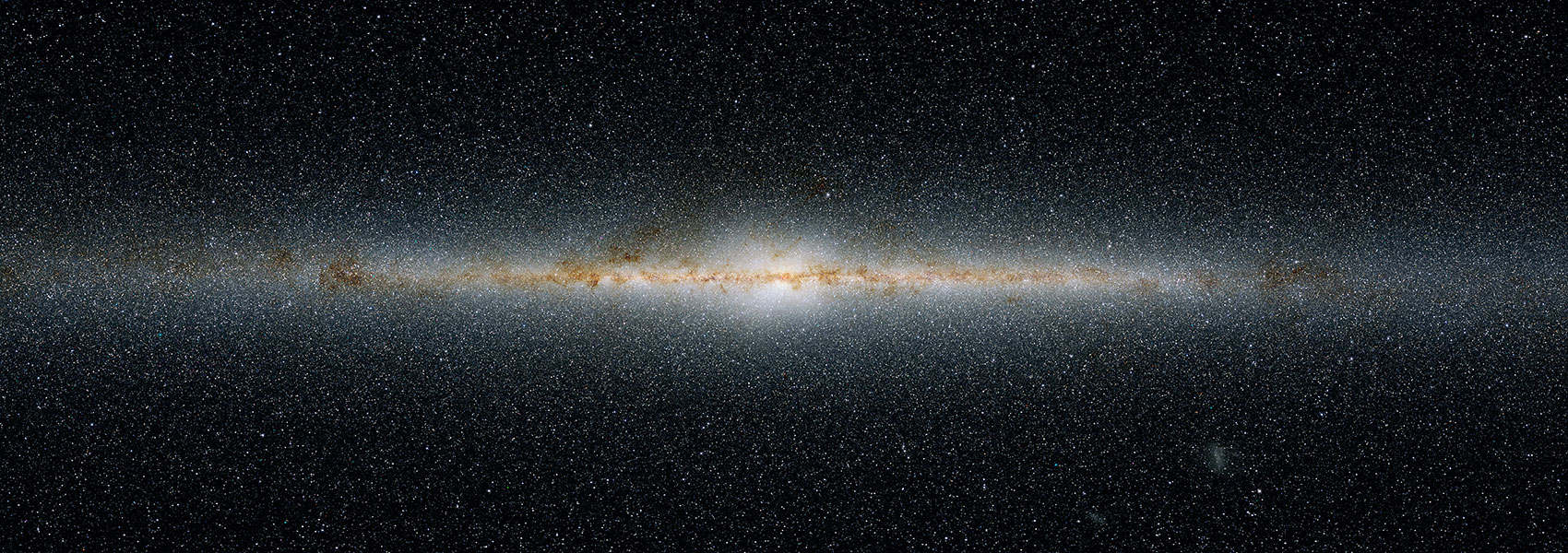August
2022
•
2022AJ....164...70Y
Authors
•
Yee, Samuel W.
•
Winn, Joshua N.
•
Hartman, Joel D.
•
Rodriguez, Joseph E.
•
Zhou, George
•
Quinn, Samuel N.
•
Latham, David W.
•
Bieryla, Allyson
•
Collins, Karen A.
•
Addison, Brett C.
•
Angelo, Isabel
•
Barkaoui, Khalid
•
Benni, Paul
•
Boyle, Andrew W.
•
Brahm, Rafael
•
Butler, R. Paul
•
Ciardi, David R.
•
Collins, Kevin I.
•
Conti, Dennis M.
•
Crane, Jeffrey D.
•
Dai, Fei
•
Dressing, Courtney D.
•
Eastman, Jason D.
•
Essack, Zahra
•
Forés-Toribio, Raquel
•
Furlan, Elise
•
Gan, Tianjun
•
Giacalone, Steven
•
Gill, Holden
•
Girardin, Eric
•
Henning, Thomas
•
Henze, Christopher E.
•
Hobson, Melissa J.
•
Horner, Jonathan
•
Howard, Andrew W.
•
Howell, Steve B.
•
Huang, Chelsea X.
•
Isaacson, Howard
•
Jenkins, Jon M.
•
Jensen, Eric L. N.
•
Jordán, Andrés
•
Kane, Stephen R.
•
Kielkopf, John F.
•
Lasota, Slawomir
•
Levine, Alan M.
•
Lubin, Jack
•
Mann, Andrew W.
•
Massey, Bob
•
McLeod, Kim K.
•
Mengel, Matthew W.
•
Muñoz, Jose A.
•
Murgas, Felipe
•
Palle, Enric
•
Plavchan, Peter
•
Popowicz, Adam
•
Radford, Don J.
•
Ricker, George R.
•
Rowden, Pamela
•
Safonov, Boris S.
•
Savel, Arjun B.
•
Schwarz, Richard P.
•
Seager, S.
•
Sefako, Ramotholo
•
Shporer, Avi
•
Srdoc, Gregor
•
Strakhov, Ivan S.
•
Teske, Johanna K.
•
Tinney, C. G.
•
Tyler, Dakotah
•
Wittenmyer, Robert A.
•
Zhang, Hui
•
Ziegler, Carl
Abstract
•
Hot Jupiters-short-period giant planets-were the first extrasolar planets to be discovered, but many questions about their origin remain. NASA's Transiting Exoplanet Survey Satellite (TESS), an all-sky search for transiting planets, presents an opportunity to address these questions by constructing a uniform sample of hot Jupiters for demographic study through new detections and unifying the work of previous ground-based transit surveys. As the first results of an effort to build this large sample of planets, we report here the discovery of 10 new hot Jupiters (TOI-2193A b, TOI-2207b, TOI-2236b, TOI-2421b, TOI-2567b, TOI-2570b, TOI-3331b, TOI-3540A b, TOI-3693b, TOI-4137b). All of the planets were identified as planet candidates based on periodic flux dips observed by TESS, and were subsequently confirmed using ground-based time-series photometry, high-angular-resolution imaging, and high-resolution spectroscopy coordinated with the TESS Follow-up Observing Program. The 10 newly discovered planets orbit relatively bright F and G stars (G < 12.5, T eff between 4800 and 6200 K). The planets' orbital periods range from 2 to 10 days, and their masses range from 0.2 to 2.2 Jupiter masses. TOI-2421b is notable for being a Saturn-mass planet and TOI-2567b for being a "sub-Saturn," with masses of 0.322 ± 0.073 and 0.195 ± 0.030 Jupiter masses, respectively. We also measured a detectably eccentric orbit (e = 0.17 ± 0.05) for TOI-2207b, a planet on an 8 day orbit, while placing an upper limit of e < 0.052 for TOI-3693b, which has a 9 day orbital period. The 10 planets described here represent an important step toward using TESS to create a large and statistically useful sample of hot Jupiters.
Links




